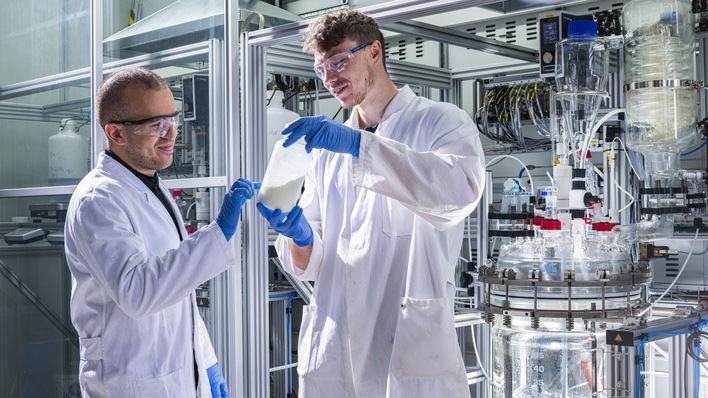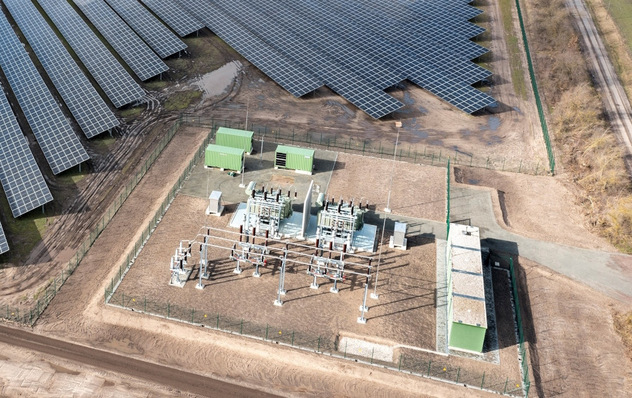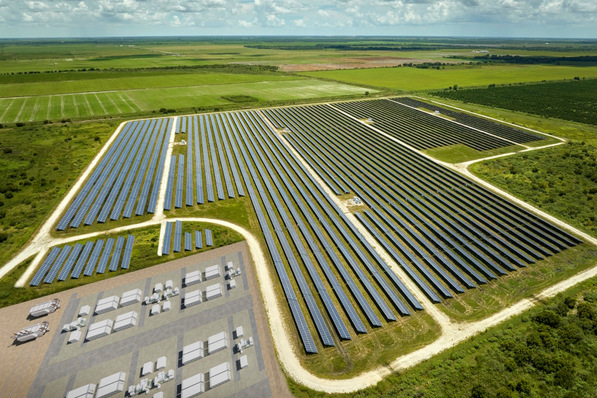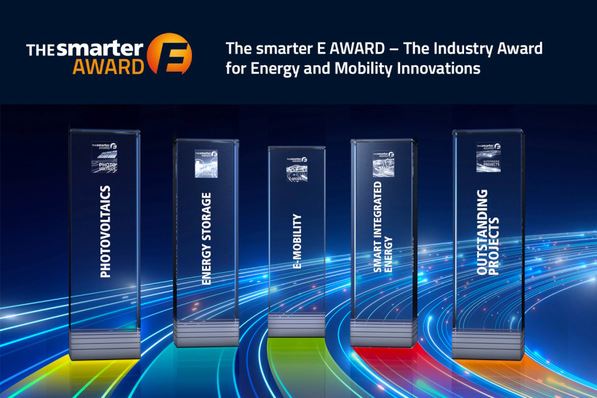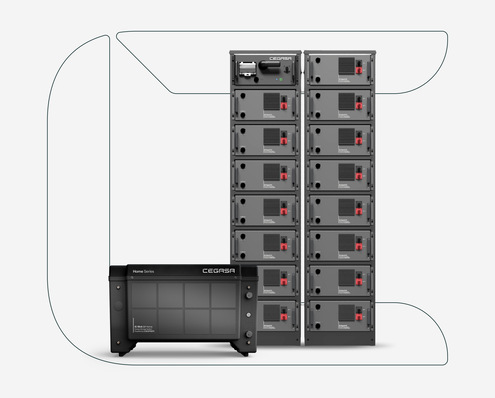IDTechEx’s report “Sodium-ion Batteries 2025–2035: Technology, Players, Markets, and Forecasts” offers a detailed analysis of this fast-developing sector. It evaluates market potential, commercial readiness and the materials landscape, highlighting sodium-ion’s fit with industrial strategies targeting energy independence. The report points to earth-abundant materials such as sodium, iron and manganese as key enablers of localised supply chains.
The trade challenge for lithium-ion
The lithium-ion battery market is under growing pressure from escalating trade conflicts. In the US, new tariffs on battery imports range from 54% to over 100%, directly affecting grid-scale storage projects, EV affordability and broader energy independence goals. These challenges reveal strategic vulnerabilities in relying on foreign-controlled supply chains.
Sodium-ion: Abundant, secure, and scalable
Sodium-ion technology offers supply chain advantages by avoiding reliance on geopolitically sensitive materials. Sodium is widely distributed, particularly along coastlines, and is significantly cheaper than lithium. Unlike lithium, it can be sourced without depending on concentrated mining operations in politically unstable regions. The US, for example, has substantial reserves of soda ash (sodium carbonate), providing a natural advantage in sodium-ion cell production. China is likely to dominate sodium-ion cell manufacturing while the West will focus on material innovation, pack and system-level integration, as well as scaling domestic production capabilities to support localised energy storage markets.
Working towards the sodium-ion battery revolution
Built for stationary storage
Sodium-ion development is being driven not only by lithium price volatility but also by the technology’s thermally stable, non-flammable chemistry and fast intercalation capability. “These attributes make sodium-ion ideal for grid-scale storage, where energy density is less critical than reliability, safety, and resilience under demanding operating conditions,” says Shazan Siddiqi, Senior Technology Analyst. With growing strain on ageing grid infrastructure and rising demand from data centres, sodium-ion offers a robust technical fit. According to IDTechEx, grid-scale sodium-ion batteries totalling under 300 MWh had already been installed in Chinese projects by Q1 2025, with more under construction.
Research project for innovative lithium batteries comes to a close
Global momentum and commercialisation
While some scepticism remains, leading manufacturers such as CATL and BYD are rapidly scaling sodium-ion deployment, particularly in segments overlapping with LFP – echoing LFP’s early dismissal and eventual rise to dominance. Sodium-ion now appears to be at a similar inflection point. The IDTechEx report forecasts global demand for sodium-ion batteries to exceed 90 GWh by 2035. Meanwhile, US-based innovators including Unigrid and Peak Energy are advancing key components across the value chain, from anodes to system-level designs.
Pathways to domestic production
Although most sodium-ion cells are currently produced in China, near-term US BESS projects are likely to depend on Chinese supply due to cost and scale advantages. However, companies that combine this access with investment in domestic supply chains will be better positioned for long-term competitiveness. Building a fully integrated US sodium-ion ecosystem will take time, capital and workforce development – but the strategic payoff could be significant.
Sodium-Ion: A promising successor to lithium in battery technology
“As nations race to establish battery supply chains that are secure, sustainable, and scalable, sodium-ion stands out as a technology being pursued not only for performance or cost reasons but also for resilience. With broad material availability, low geopolitical exposure, and growing commercial traction, sodium-ion represents a critical path toward energy independence and supply chain diversification,” underlines Siddiqi. (hcn)
More on the report.



